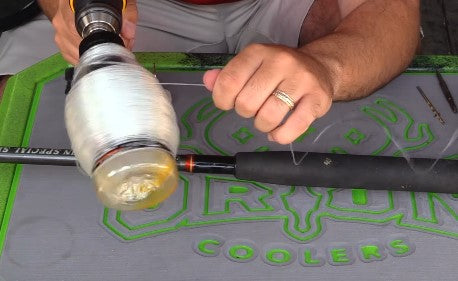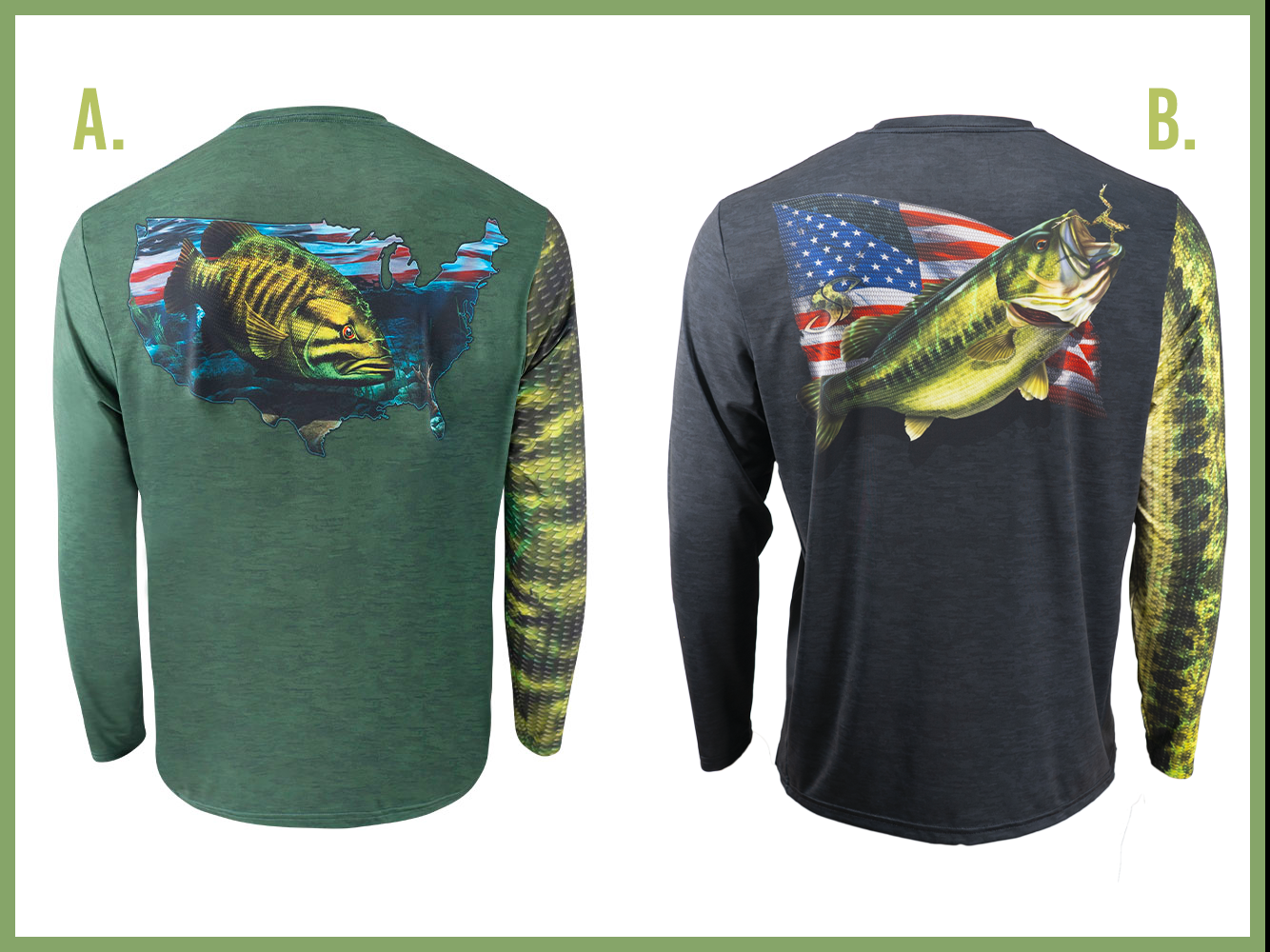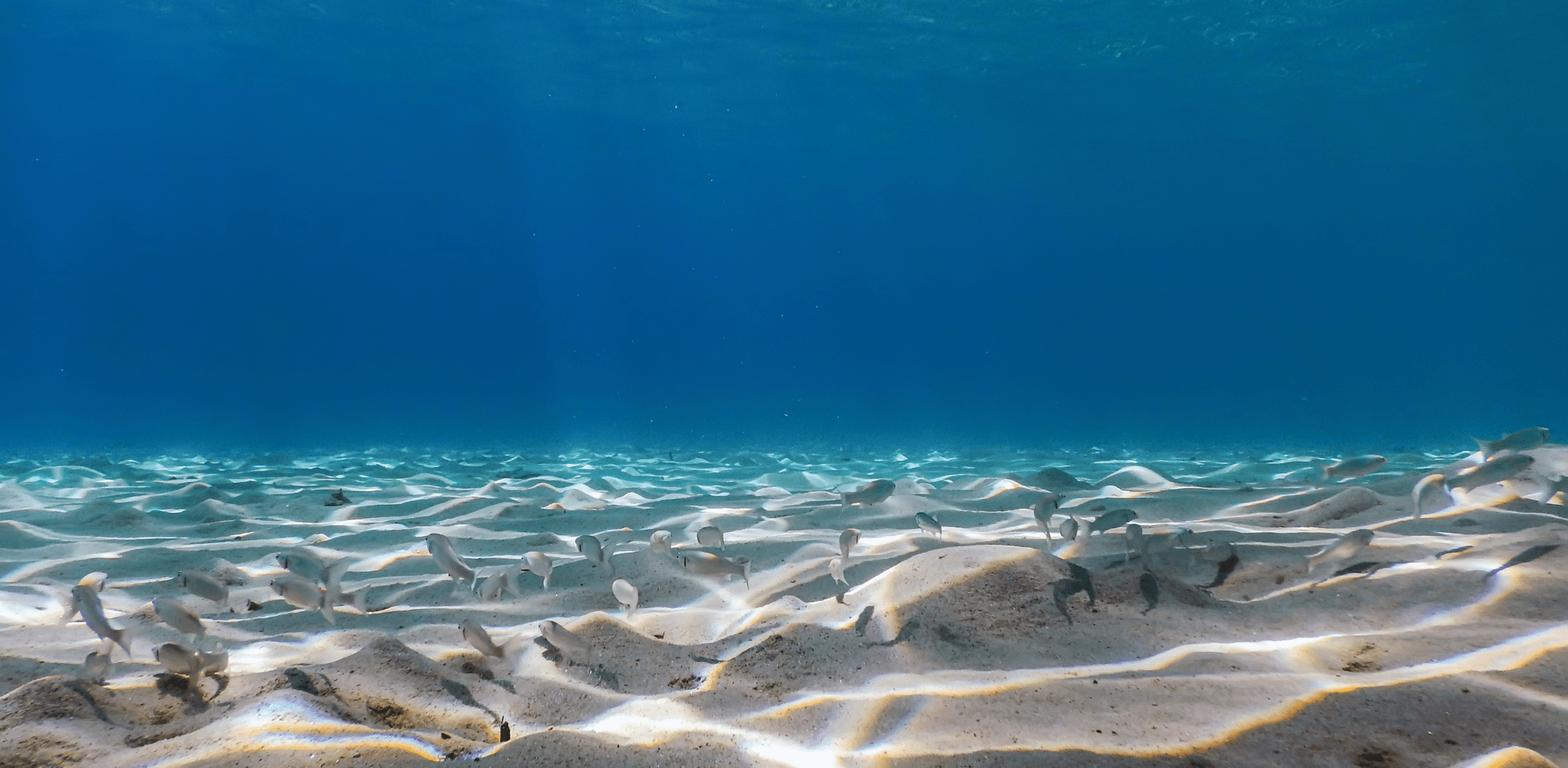So why is it that one day out on the water seems to be magical, and you can't stop catching fish, then the next there isn't a single bite? In many instances, this is due to the pre-front and post front conditions, which can make fishing memorable one day then unbearable the next.
The Fishing Method
On both the pre-front and front post days, I decided to stick with an artificial lure for most of the day. Artificial allows us to cover ample ground and keeps clean up to a minimum.
Pre-front Fishing
On this particular day, we went out at 6 pm, right during high tide in Tampa Bay. There was an intense 17 mph wind coming from the south. The pressure was dropping, and it was overcast the entire day. The moon was sitting right at a quarter moon, and the temperature was a hot 86 degrees. While fishing, I also noticed that the water was quite murky and dirty due to the strong wind and current.
The First Bite
After a few casts, I got some solid bites. I reeled in a few smaller jacks, and one hook even got stuck on his stomach. I felt terrible for the little guy and sent him back. I caught a smaller snook shortly after. During this pre-front fishing, I made sure to cast just under the trees right where the snook was lounging in the shade.
Switching the Lure: Snook and Light Colored Lures
I realized after a couple of bites that I was pretty much only catching snook. I decided this was going to be my primary target, next to redfish. I was using a pretty large lure that was a bit too big when comparing the bait that was surrounding the kayak. I decided to whip out my Danco pliers and switch to a lighter color and smaller profile to entice a strike. I usually like to try and match the hatch, both color, and size. If on the day you are doing pre-front fishing and the redfish seem to be biting, then I would suggest using a darker colored lure. Colors such as red and root beer seem to do the trick when it comes to the redfish.
Bite After Bite
Once I switched to the lighter, smaller profile, the bite seemed to heat up. I caught several healthy redfish that ranged from five to eight pounds, and they put up a great fight. One of the fish I noticed has a beautiful eye that was sharp yellow. Later on, I hooked another large redfish that put up an enormous fight and had beautiful golden markings. The Old Town Autopilot worked like a champ, keeping me in place even with the fierce winds and tides. The snook kept on biting as well. I caught at least a half a dozen smaller snook.

After an exciting day fishing the pre-front conditions, the barometer was falling the entire day, and there were barely any boats out, which make fishing enjoyable. The fishing was great but can the post front day produce an even crazier bite?
Post Front Fishing
In a change of events, the conditions on this day seemed to be far different than the pre-front day. Here were the post front conditions:
- Rising barometer
- Clearer (still a bit murky) water
- Sunny, no overcast
- Winds were north-northwest at 17-20 miles per hour
- Tide was lower due to wind
- Quarter moon
These are all vastly different conditions compared to the day before. Now let's see how this all panned out.
The First Bite
The first bite of the day was a decent looking snook. It was a nice picture-worthy snook until he swam right under my kayak. After a few moments of struggling, the snook decided to ease up and let me get a good look at him.
I pulled him up and into the kayak and got a good look at the beautiful specimen. A tremendous first catch for the day and I was looking forward to many more. I could tell early on that the fishing was considerably slower than the day before. I had my work cut out for me. Do you ever notice that bluebird days always seem to be less productive? Comment below and let me know your thoughts.
Switching to Live Bait
After some time with few bites and nothing consistent, I decided to switch to live bait. The live bait ended up spicing things up a smidge, but nothing to keep the fish biting real consistently. When we had live bait on our hooks during the pre-front, it became a show, and the fish couldn't help but get caught. Very different from what was experienced during the post front as I could barely get anything to bite with the live bait. After some time, the fish weren't coming nearly as frequently as they had been the day before, and it was clear that this day in the same spot was underperforming the pre-front day before.
The Verdict: Is Pre-front or Post-Front Better?
It is pretty apparent which day was most productive. Pre-front conditions ended up outperforming the post-front day, and this may be for a variety of reasons.
A Feeding Frenzy
Generally, when the temperature is warmer with a fluctuating barometer, I tend to have better success. Especially when fishing the major or minor feed cycles. A new moon merely adds icing to the cake; if you want to increase your catch ratios, try fishing around these super productive solunar periods.
Does the Pre-Front Mean Bigger Fish?
You could see how I got bite after bite on the first day in the video, and my fish seemed to be more significant. This is purely due to probability and just the sheer number of fish all congregating in one area. More fish means the greater variety and the higher chance I catch a big one. When it is post front, you cannot completely rule out the chances of catching a large fish; it is fishing, after all. On my day two post front trip, I was able to catch a good-sized fish even though overall, I saw less.
Why Pre-Front Fishing Is Usually Better
The weather seemed a bit unenjoyable for me on my pre-front trip, but the fish loved it. With a drop in barometric pressure and higher temperatures, the fish were congregating like crazy. Murkier water also allows fish to let their guard down a little. They can creep around with what they feel is a cloak of protection.
The stronger southern winds and higher tides pushed the fish up close to the trees, making them easier to find. The fish were "protected" by the cover and shelter that the shore and trees provided.
Conclusion: Understanding the Weather Can Increase Your Odds
Paying attention to specific weather patterns can help improve your fishing odds. Pre front and post front both have pros and cons. Understanding the wind direction, tide, moon phase, pressure, etc. It can help you create a game plan for success. I recommend keeping a fishing journal so you can look back, track, and learn from your fishing adventures.
Weather patterns can help up your fishing game as it did for me during the pre-front conditions. With ever-changing weather conditions during unpredictable winter and springtime, you have to stay sharp and keep the edge.
I had an absolute blast comparing the two days, and I hope you enjoyed the ride and perhaps learned a thing or two. Be sure to watch the video for any minute details that I may have left out. Also, watch this awesome fishing educational that I put together regarding the tides and solunar. It will change the way you plan your next fishing trip.




